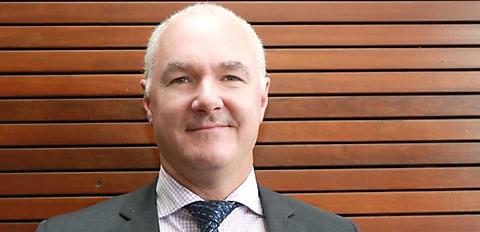Australian housing values seemed to have bounced back in recent months following the fastest decline in housing values on record, as a result of a “significant imbalance” between supply and demand, according to Mr Lawless.
CoreLogic’s Home Value Index (HVI) recorded an increase of 0.5 per cent in April, preceded by a 0.6 per cent rise in March after falling 9.1 per cent between May 2022 and February 2023, with the four largest capital cities recording increases in housing values since the lows recorded in February.
Mr Lawless stated it was becoming “increasingly clear” that the housing market has “moved through an inflection point” with a number of indicators confirming this positive shift.
Furthermore, a mid-month update based on CoreLogic’s Daily HVI indicated that this upswing in values is gaining further momentum. Cities such as Brisbane experienced an increase in the index of 1.0 per cent over the past four weeks, while Sydney still leads the way in increasing values.
However, Mr Lawless stated that this strong rate of growth is surprising and “probably unsustainable”, considering housing affordability measures remain stretched.
A similar sentiment was shared by Westpac senior economist Matthew Hassan recently, who described the recent housing market resurgence at the beginning of 2023 as “unusual” and unexpecting and stated there were several reasons to be “wary” about the sustainability of this upturn.
One of the reasons he offered was there is still a potential risk of interest rates moving higher as inflation outlooks remain uncertain, which could result in the RBA hiking rates again later this year, while putting further constraints on easing rates in 2024.
Challenges and uncertainty
Mr Lawless further stated that “one of the biggest hurdles” for prospective home buyers would be the ability to service a loan as we move further into the year.
“We can’t ignore low consumer sentiment levels, which will also be having some dampening effect on the market’s current exuberance and we shouldn’t expect to see a material lift in property activity until there’s an improvement in consumer confidence more broadly,” he added.
In addition, as economists are split on forecasts in regard to whether the RBA will further hike interest rates or not, this is likely adding to uncertainty and low consumer confidence levels, according to Mr Lawless.
“If the RBA were to cut interest rates there is a good chance we would see a lift in consumer spirits, accompanied by a substantial pick up in both buyer and selling activity,” Mr Lawless said.
“Logically, lower interest rates would be the catalyst for a further uptick in housing values.
“Of course, we’re not expecting a rate cut anytime soon and there’s speculation that rates may even rise a little bit further this year.”
He added that it would be “naive” to think there won’t be an increase in motivated selling or rise in mortgage arrears in the short to medium term.
Although most banks reported 90-day arrears rates of around 0.5 per cent to 0.6 per cent by the end of 2022, that benchmark is set to increase.
“However most home owners or borrowers will do their best to pull back sharply on discretionary spending before missing mortgage repayments or selling their home,” Mr Lawless said.
[RELATED: Senior economist 'wary' about housing upturn sustainability]

